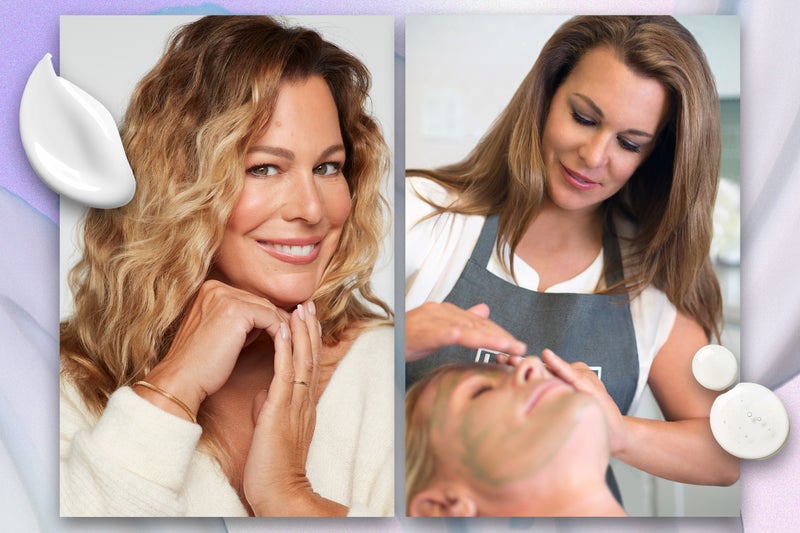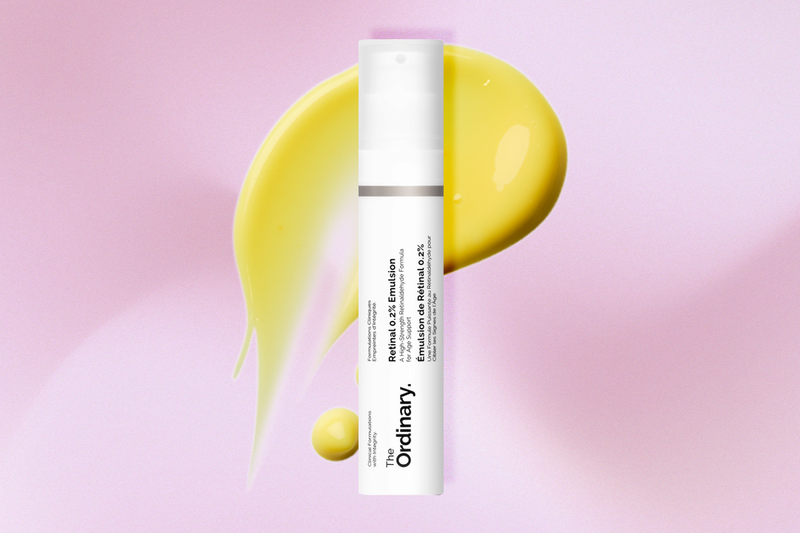Side effects from using the vitamin A derivative may give people the wrong impression about how it works. Retinol has long been hailed as a gold-standard ingredient in anti-ageing skincare, but it’s also surrounded by misconceptions. One of the most common? That the vitamin A derivative “thins the skin”. Dr Rosalind Simpson, a medical dermatologist from the Centre of Evidence Based Dermatology at the University of Nottingham, says that this is not quite true.
She says retinol, which is available over the counter, and its prescription-strength counterpart, retinoid, “are some of the few ingredients consistently proven to improve signs of ageing”. She explains that they work by encouraging the production of collagen in the dermis, the second layer of the skin. Collagen is a protein which helps keep skin plump and youthful. “Over time – and it does take months, not weeks – retinol actually thickens the dermal layer,” she says.
Retinol could be claimed to “thin” one layer of the skin, though: the very top layer of dead skin cells known as the stratum corneum. “Retinol has an exfoliating effect on this outer layer, which might technically be seen as ‘thinning,’ but this layer naturally renews itself anyway,” says Simpson. She adds that it’s the initial side effects caused by this increased stratum corneum shedding that create confusion about how the ingredient works. When starting with retinol, many people experience redness, peeling and a feeling of skin tightness as it is a known irritant to the skin. This can also cause increased sensitivity to the sun due to the skin being slightly inflamed already.
“These side effects can give the impression that the skin is becoming thinner,” Dr Simpson says. “But really, retinol does the opposite, long term.”. Sign up to Inside Saturday. The only way to get a look behind the scenes of the Saturday magazine. Sign up to get the inside story from our top writers as well as all the must-read articles and columns, delivered to your inbox every weekend. after newsletter promotion.































